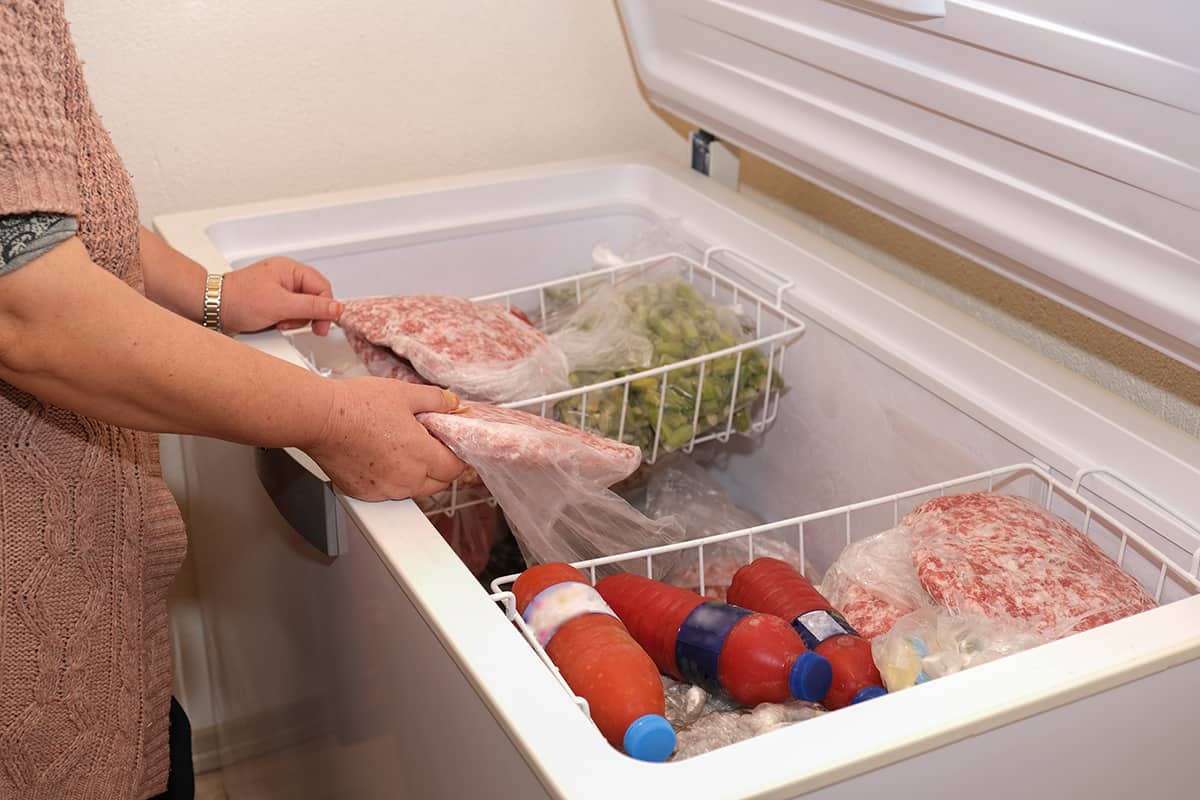

Articles
What Temperature Should A Deep Freezer Be
Modified: October 20, 2024
Find out the ideal temperature for your deep freezer and keep your articles perfectly preserved. Discover the recommended temperature range for optimal storage.
(Many of the links in this article redirect to a specific reviewed product. Your purchase of these products through affiliate links helps to generate commission for Storables.com, at no extra cost. Learn more)
Introduction
Welcome to the world of deep freezers. These appliances are a life-saver when it comes to storing and preserving our food items for extended periods. Whether you are a busy professional, a large family, or simply someone who likes to stock up on groceries, a deep freezer can be a valuable addition to your kitchen. However, to ensure the quality and safety of your frozen foods, it is essential to maintain the right temperature inside your deep freezer.
While most people are aware that a deep freezer should be cold, many are unsure of the specific temperature range it should be set at. The temperature inside a deep freezer plays a crucial role in preserving the freshness, flavor, and nutritional value of your frozen foods. Factors such as the type of food being stored, the duration of storage, and the energy efficiency of the freezer, all contribute to determining the ideal temperature setting.
In this article, we will explore the factors to consider when determining the temperature for your deep freezer, the recommended temperature range, and provide some tips for adjusting the freezer’s temperature as needed. We will also discuss the signs that indicate your freezer’s temperature may be incorrect. So, let’s dive in and learn how to keep your frozen goodies in optimal condition.
Key Takeaways:
- Maintain a deep freezer temperature between -18°C (0°F) and -24°C (-10°F) to preserve food quality and inhibit bacterial growth, ensuring safe and flavorful frozen items.
- Consider factors like food type, storage duration, and energy efficiency when setting the deep freezer temperature, and monitor for signs of incorrect temperature to maintain optimal freezing conditions.
Read more: What Temperature Should A Freezer Be
Factors to Consider
Setting the temperature for your deep freezer requires considering several factors to ensure the best storage conditions for your frozen food. Let’s take a look at the key factors to consider:
- Type of Food: Different types of food have different freezing requirements. Some foods, like ice cream and raw meat, need to be stored at extremely low temperatures to maintain their quality. On the other hand, fruits and vegetables can be stored at slightly higher temperatures. Consider the types of food you usually store in your freezer when determining the temperature setting.
- Storage Duration: If you tend to store food for longer periods, it is recommended to set the temperature at the lower end of the recommended range. This ensures that the food stays frozen solid and minimizes the risk of freezer burn or spoilage. For shorter storage durations, a slightly higher temperature may be suitable.
- Energy Efficiency: Some freezers are more energy-efficient than others. It’s important to consider the energy efficiency rating of your freezer when setting the temperature. A freezer with excellent insulation and energy-saving features can maintain the desired temperature more effectively, even if the setting is not at the extreme end of the range.
- External Climate: The ambient temperature in your surroundings can also impact the performance of your deep freezer. If you live in a hot climate or have your freezer installed in an area with high temperatures, you may need to set the temperature lower to compensate for the external heat and maintain optimal freezing conditions.
- Freezer Organization: The organization of your freezer can also affect the overall temperature distribution. Ensure that the airflow is not blocked by overpacking or improperly placed items. This allows for consistent cooling throughout the freezer.
By considering these factors, you can determine the most appropriate temperature for your deep freezer that aligns with your specific needs and circumstances. Let’s move on to understanding the recommended temperature range in the next section.
Recommended Temperature Range
When it comes to setting the temperature for your deep freezer, it is crucial to strike a balance between keeping your food safely frozen and avoiding excessive energy consumption. The recommended temperature range for a deep freezer is typically between -18°C (0°F) and -24°C (-10°F).
At these temperatures, the growth of bacteria and other microorganisms is inhibited, ensuring that your frozen food remains safe to consume for longer periods. Additionally, such low temperatures help preserve the quality, taste, and texture of the food, preventing freezer burn and maintaining nutritional value.
However, it’s essential to note that the exact optimal temperature within this range may vary depending on the factors mentioned earlier, such as the type of food and the storage duration. For example, delicate items like ice cream may require a slightly higher temperature within the range to maintain a creamy texture.
Some modern deep freezers come with temperature control features that allow you to set the desired temperature precisely. If your deep freezer has this capability, it’s recommended to consult the manufacturer’s guidelines or follow the recommended temperature settings provided in the appliance’s manual.
Remember, it’s always better to err on the side of caution and set your deep freezer temperature closer to -24°C (-10°F) if you are unsure. It is easier to adjust the temperature upwards than to deal with potential food spoilage or safety concerns due to inadequate freezing conditions.
Now that we have a better understanding of the recommended temperature range for a deep freezer, let’s explore some tips on how to adjust the freezer temperature effectively in the next section.
The recommended temperature for a deep freezer is 0°F (-18°C) or lower. This temperature helps to keep food safe by preventing the growth of bacteria and maintaining the quality of frozen items.
Tips for Adjusting Freezer Temperature
Adjusting the temperature of your deep freezer may be necessary under certain circumstances. Whether you need to increase or decrease the temperature, here are some helpful tips to ensure a smooth adjustment:
- Refer to the Manual: Always consult the manufacturer’s manual or instructions for your specific deep freezer model. They may provide specific guidelines or recommendations on how to adjust the temperature according to your needs.
- Gradual Changes: When adjusting the temperature, it’s best to make gradual changes and allow the freezer to stabilize before making further adjustments. This helps the freezer maintain a consistent temperature without sudden fluctuations.
- Monitor with Thermometer: Use a thermometer designed for freezer temperatures to monitor the internal temperature accurately. This allows you to gauge the effectiveness of the temperature adjustments and ensure it stays within the recommended range.
- Give it Time: After making adjustments, give your deep freezer some time to reach and stabilize at the new temperature. It may take a few hours or even up to a day for the freezer to adjust fully, so be patient and avoid making frequent changes.
- Observe Food Quality: Keep an eye on the quality of the frozen food after adjusting the temperature. If you notice any signs of freezer burn, excessive frost, or thawing, it may indicate that the temperature needs further adjustment.
- Regular Maintenance: Proper maintenance of your deep freezer, such as cleaning the coils and ensuring proper airflow, can contribute to better temperature control. Regular maintenance helps the freezer operate more efficiently, reducing the need for frequent temperature adjustments.
By following these tips, you can effectively adjust the temperature of your deep freezer to create optimal storage conditions for your frozen food items. Next, let’s discuss some signs that may indicate incorrect freezer temperature.
Signs of Incorrect Freezer Temperature
Maintaining the correct temperature in your deep freezer is essential to ensure the longevity and quality of your frozen food. Here are some signs that may indicate your freezer temperature is incorrect:
- Frequent Thawing and Refreezing: If you notice that your frozen food is repeatedly thawing and refreezing, it may suggest that the temperature is not stable or is fluctuating outside the recommended range. This can lead to freezer burn and spoilage of the food items.
- Excessive Frost Build-up: While a certain amount of frost accumulation is normal, excessive frost covering the walls, shelves, or food items is a sign of improper temperature control. It indicates that the freezer is not maintaining a consistent cold temperature.
- Soft or Slushy Frozen Foods: If your frozen food feels soft or appears slushy, it suggests that the temperature is too high, and the food is not properly frozen. This can lead to a loss of texture, taste, and nutritional value in the food items.
- Unpleasant Odors: Incorrect freezer temperature can contribute to the growth of bacteria and result in unpleasant odors emanating from the freezer. This is a clear sign that the temperature needs adjustment to maintain freshness and prevent food spoilage.
- Inefficient Energy Consumption: If you notice a significant increase in your energy consumption or your freezer running constantly, it may indicate that the temperature is set too low. Adjusting the temperature slightly higher can help optimize energy usage without compromising food safety.
- Inconsistent Freezing: Uneven freezing of food items is another sign of incorrect temperature control. If some parts of the freezer are freezing properly while others remain soft or partially frozen, it suggests temperature variations, which can affect food quality and safety.
If you observe any of these signs, it’s important to address the temperature issue promptly. Check the temperature settings, monitor the freezer’s performance, and make the necessary adjustments to ensure your frozen food remains safe and well-preserved.
Now that we have covered the signs of incorrect freezer temperature, let’s wrap up our discussion.
Read more: What Temperature Should A Walk In Freezer Be
Conclusion
Setting and maintaining the appropriate temperature for your deep freezer is crucial for preserving the quality, freshness, and safety of your frozen food items. By considering factors such as the type of food, storage duration, energy efficiency, external climate, and freezer organization, you can determine the optimal temperature setting that suits your needs.
The recommended temperature range for a deep freezer typically falls between -18°C (0°F) and -24°C (-10°F). This range ensures that your food stays properly frozen, inhibiting the growth of bacteria and maintaining the taste, texture, and nutritional value of the food. Always refer to your appliance’s manual for specific temperature settings and guidelines.
If you need to adjust the freezer temperature, do so gradually and monitor the results using a thermometer. Allow the freezer time to stabilize at the new temperature before making further adjustments. Regular maintenance and proper organization of your deep freezer also contribute to better temperature control and overall performance.
Keep an eye out for signs of incorrect freezer temperature, such as frequent thawing and refreezing, excessive frost build-up, soft or slushy frozen foods, unpleasant odors, inefficient energy consumption, and inconsistent freezing. If you notice any of these signs, it’s important to make the necessary adjustments to maintain optimal freezing conditions.
By following these guidelines and being attentive to the temperature control of your deep freezer, you can ensure that your frozen food items remain safe, tasty, and at their best quality for an extended period of time. So, keep your freezer cold, organize it well, and enjoy the convenience and benefits of a well-maintained deep freezer in your kitchen.
Frequently Asked Questions about What Temperature Should A Deep Freezer Be
Was this page helpful?
At Storables.com, we guarantee accurate and reliable information. Our content, validated by Expert Board Contributors, is crafted following stringent Editorial Policies. We're committed to providing you with well-researched, expert-backed insights for all your informational needs.
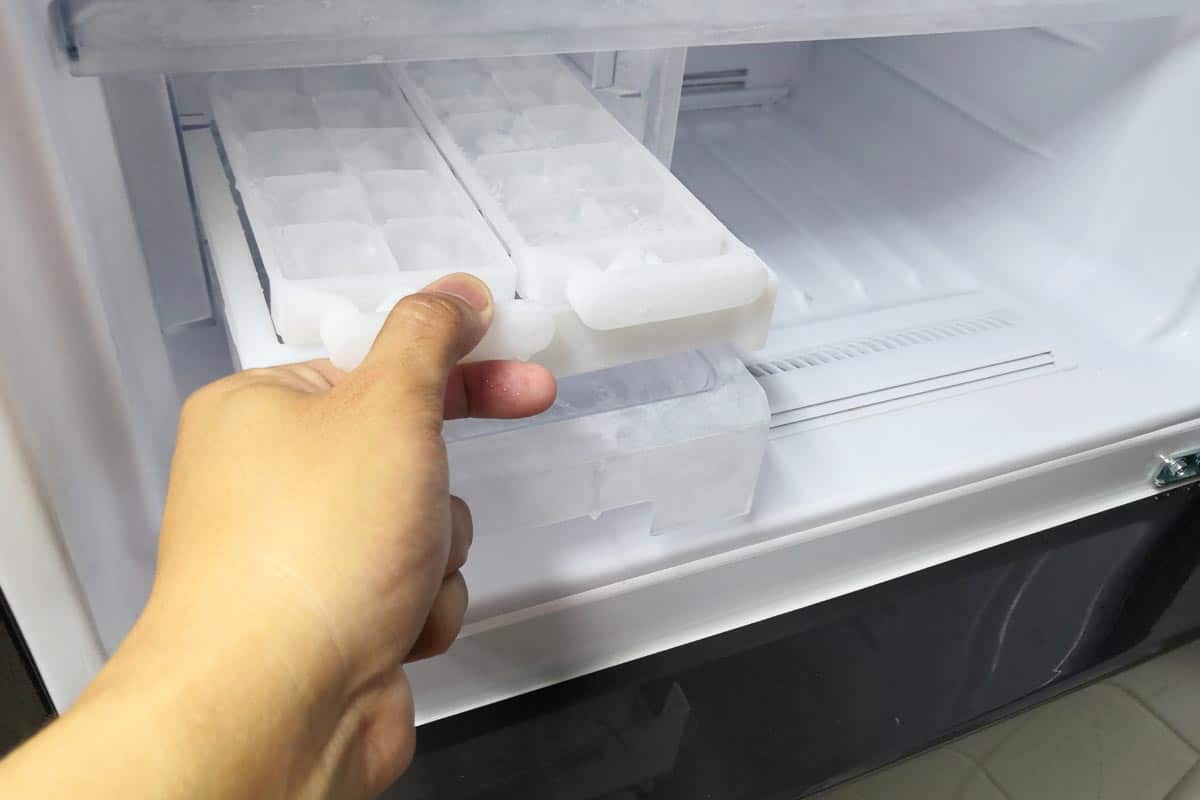
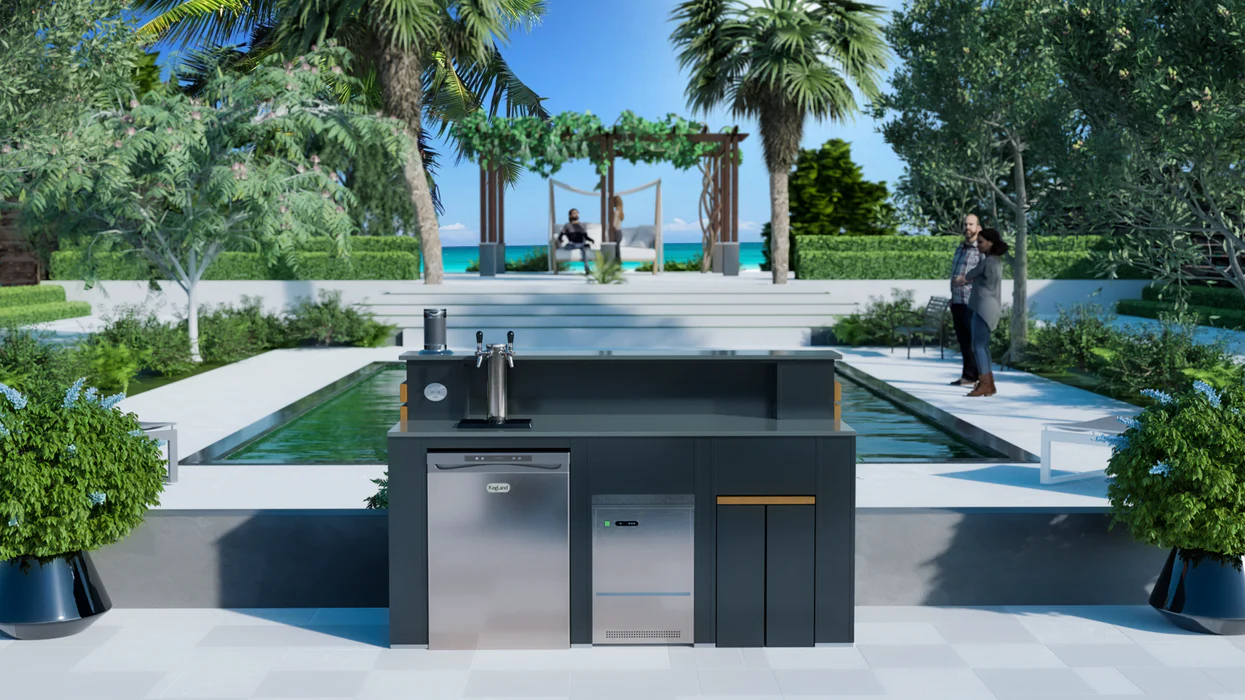
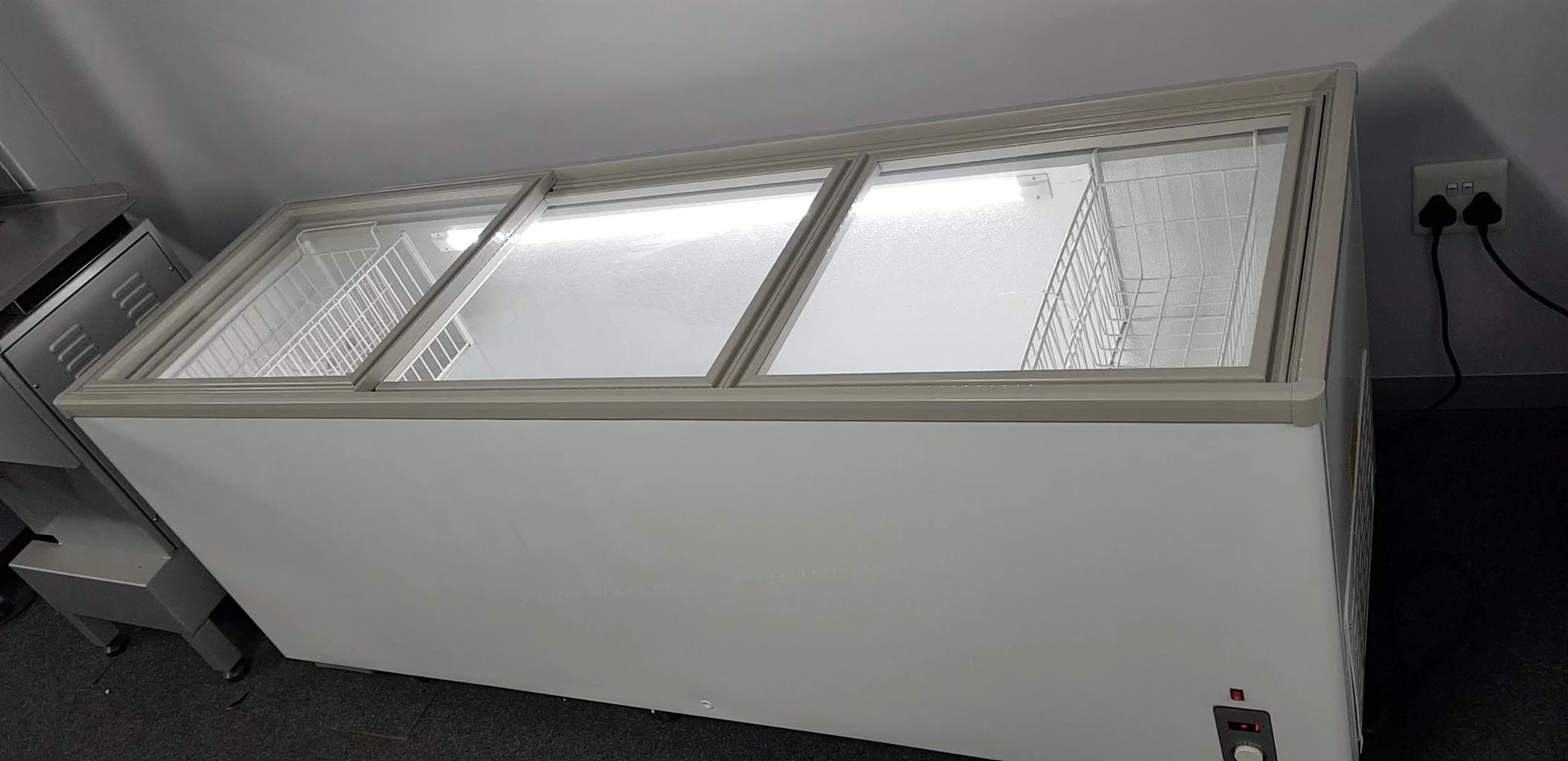
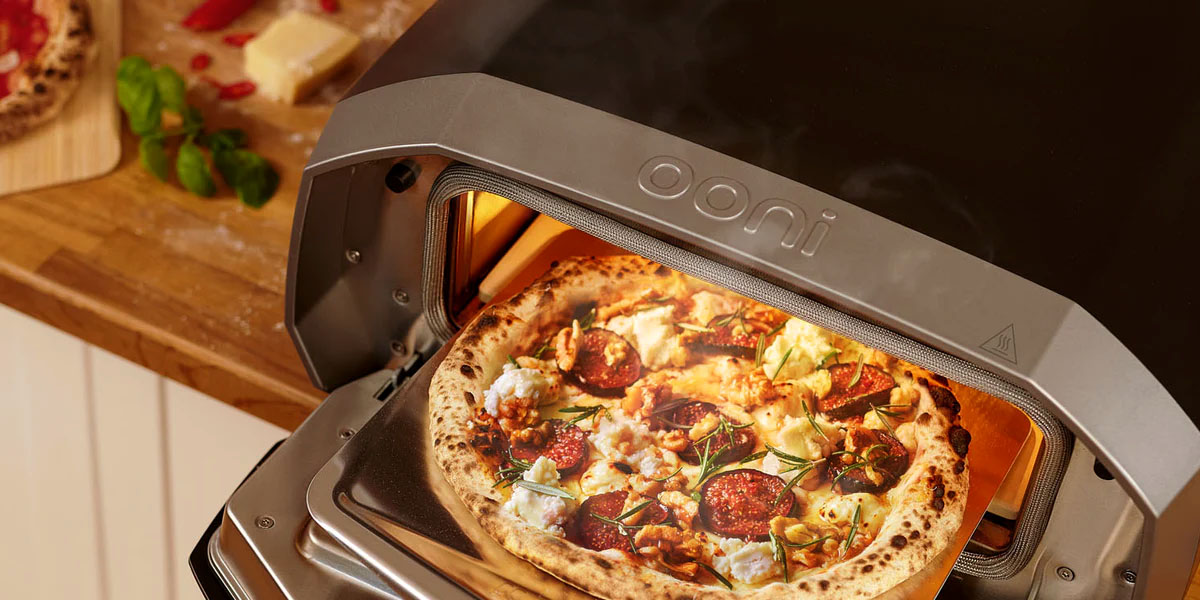


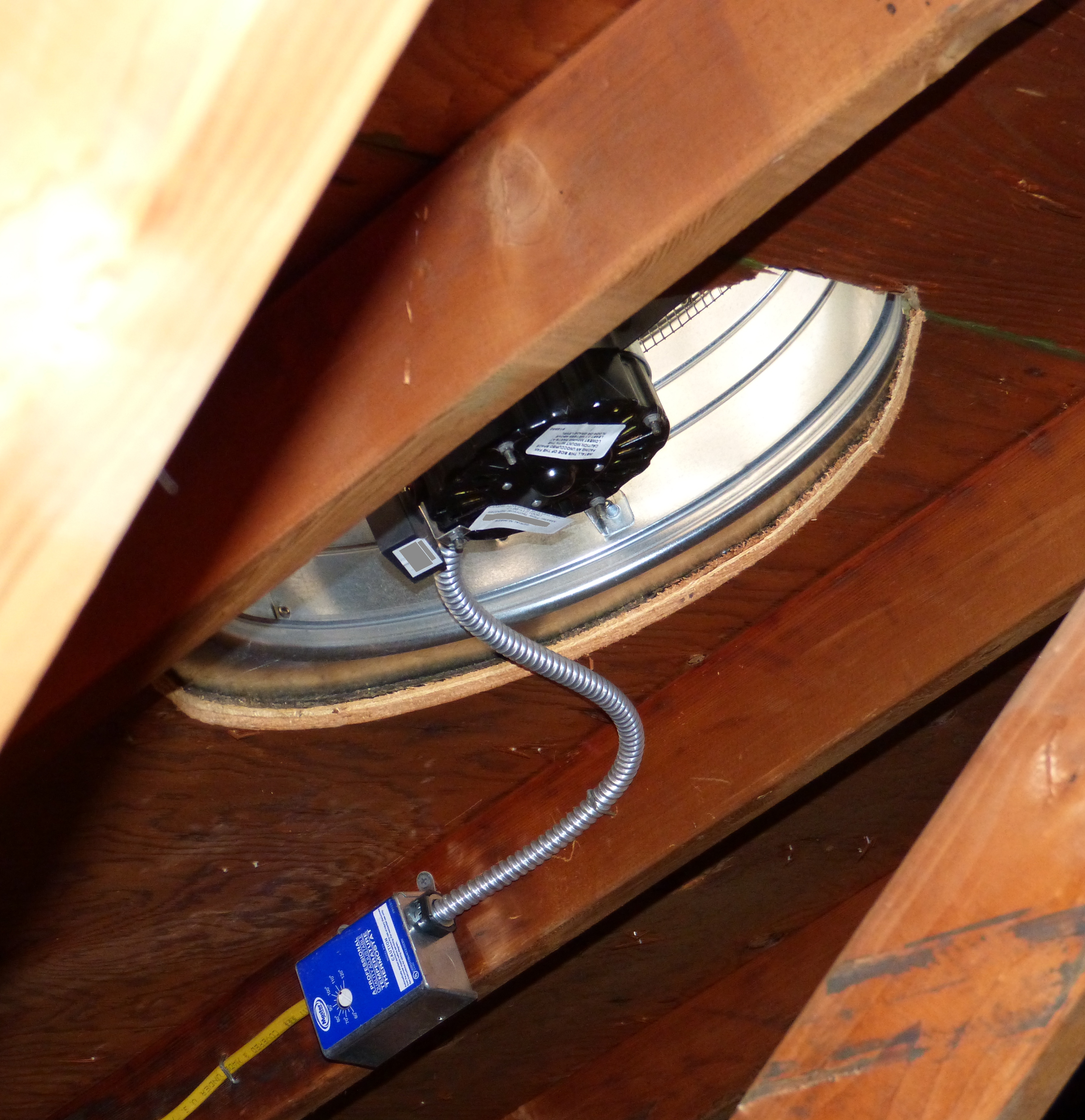
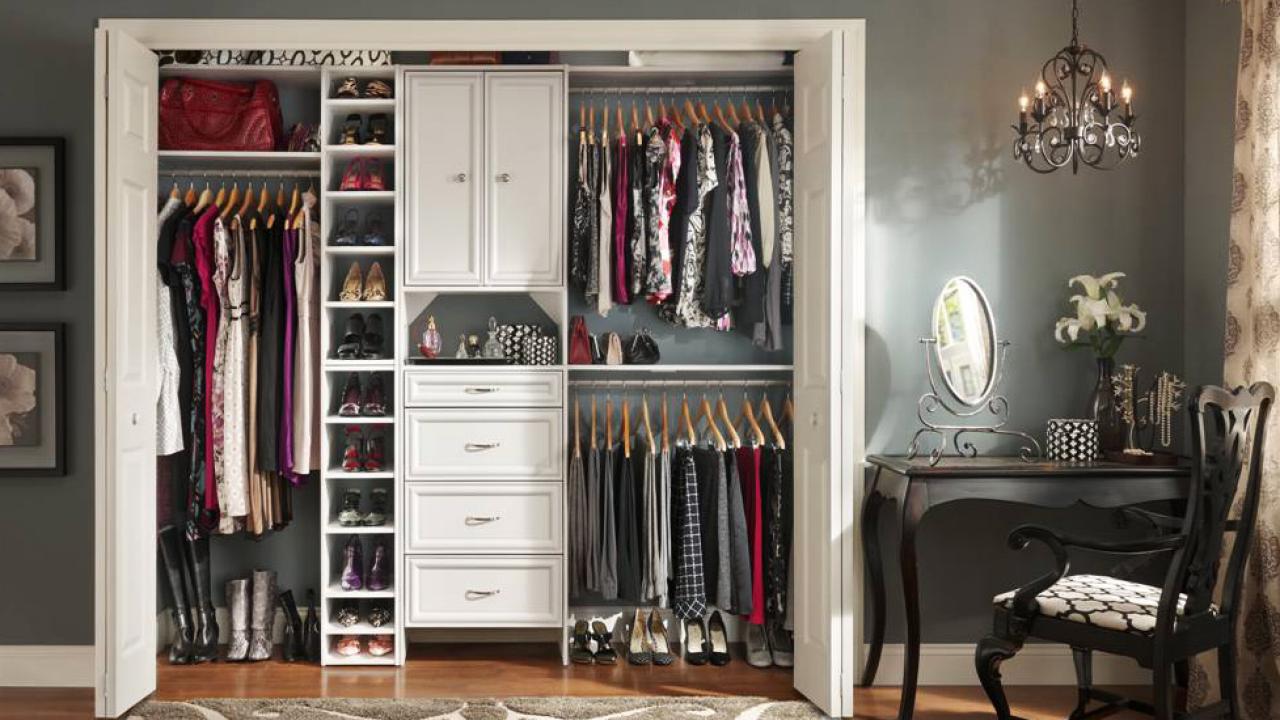
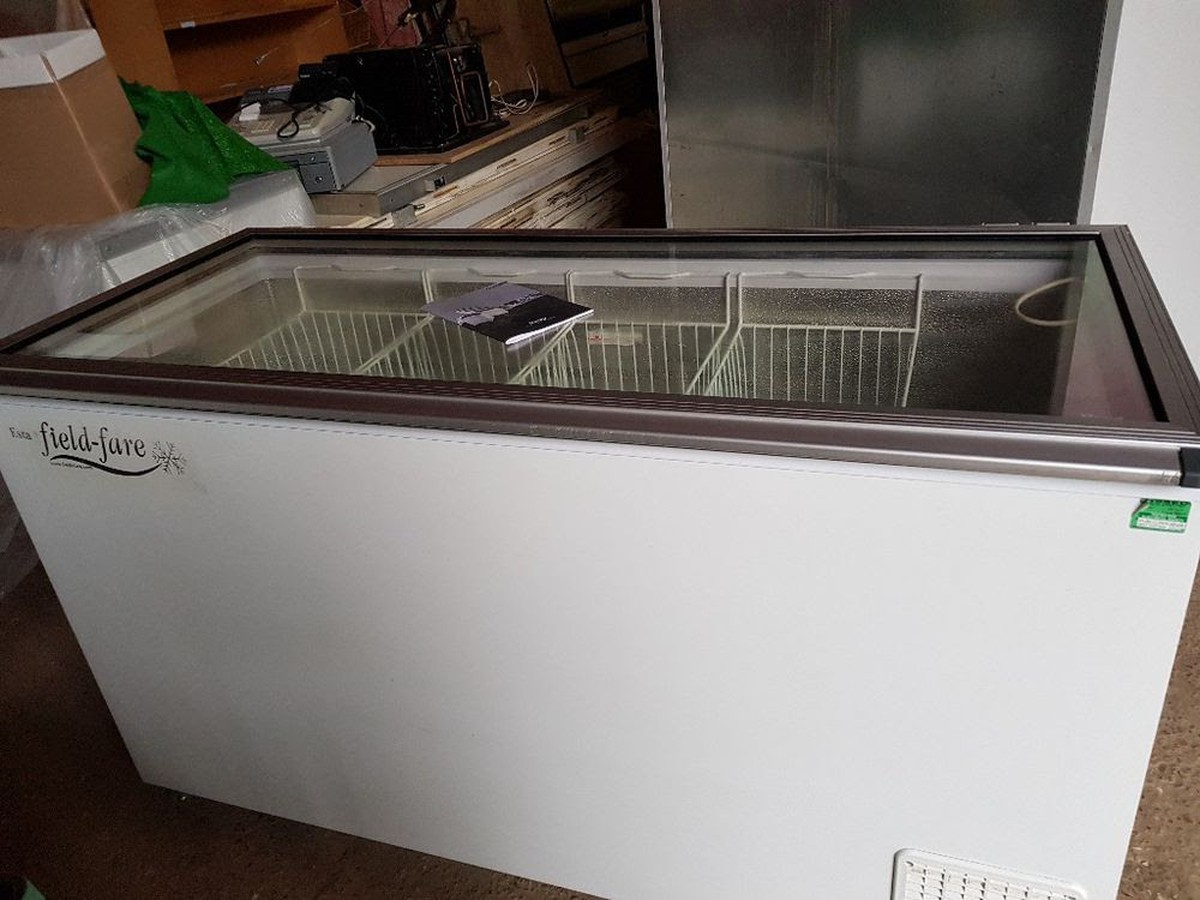
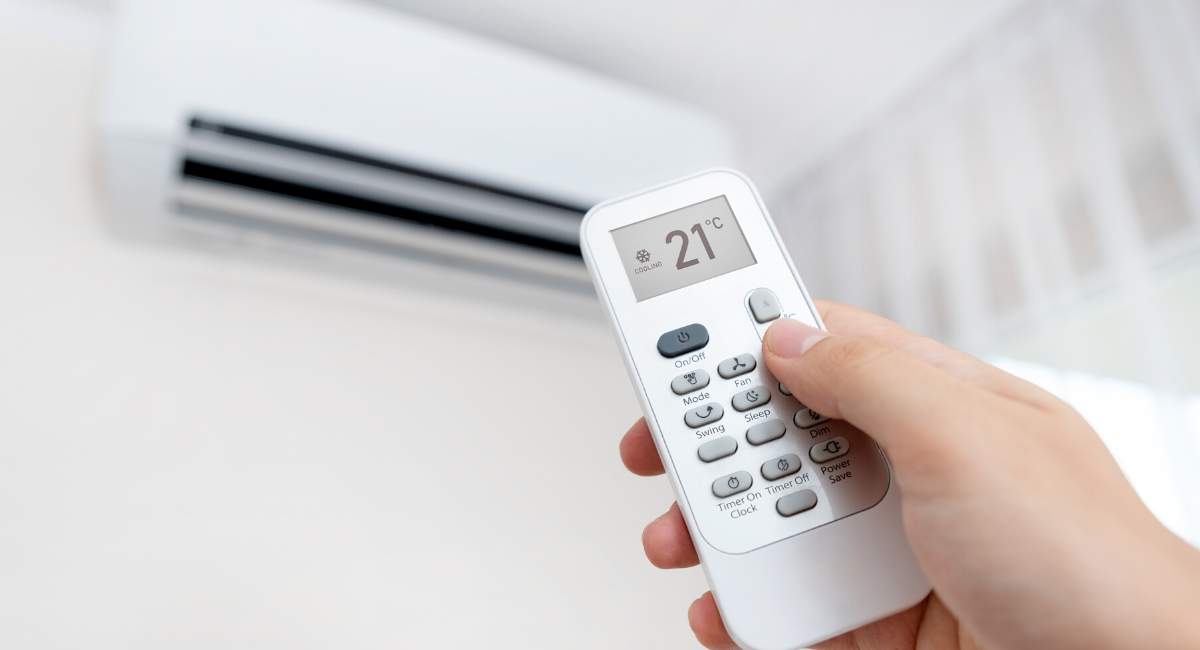
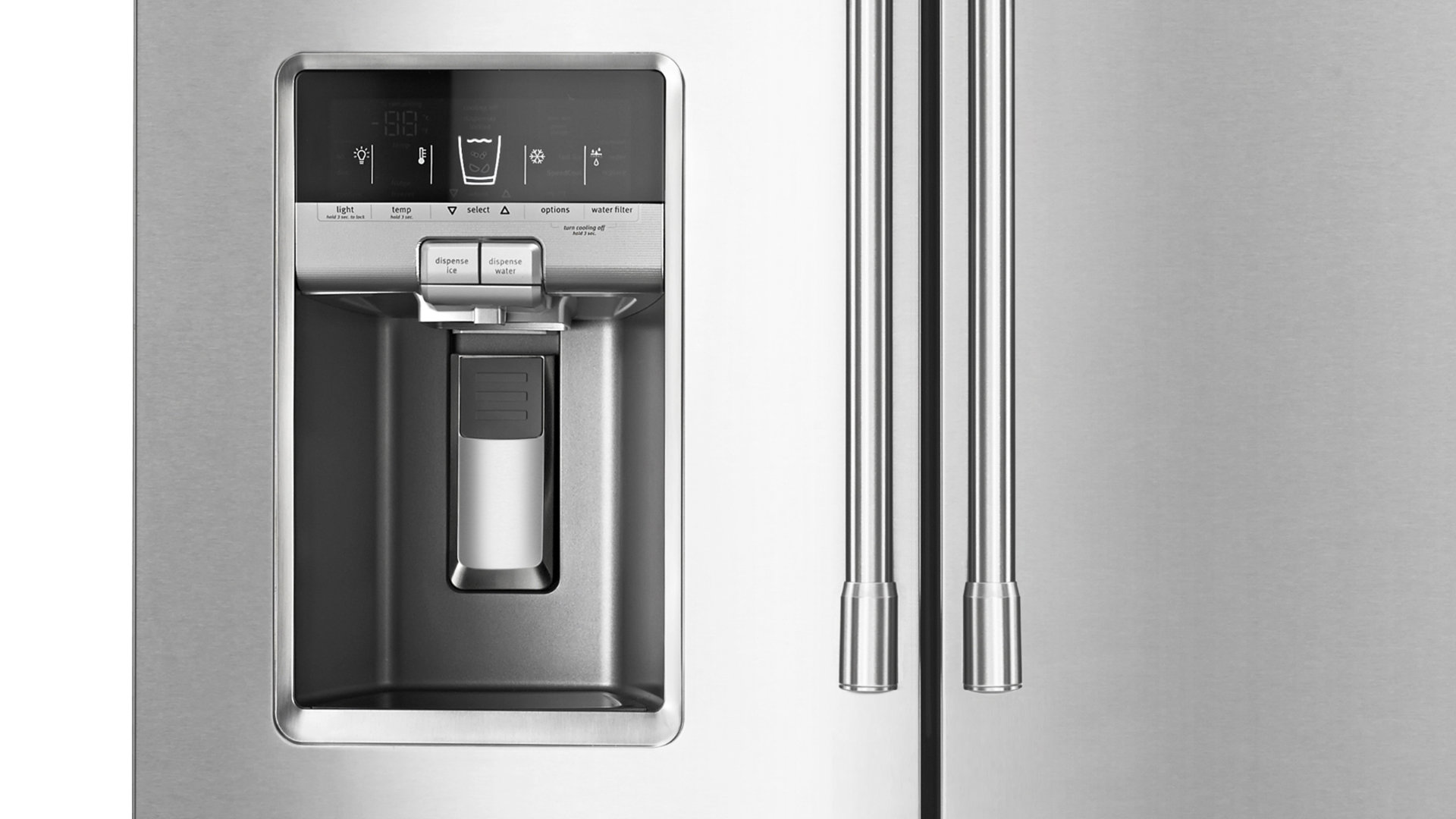
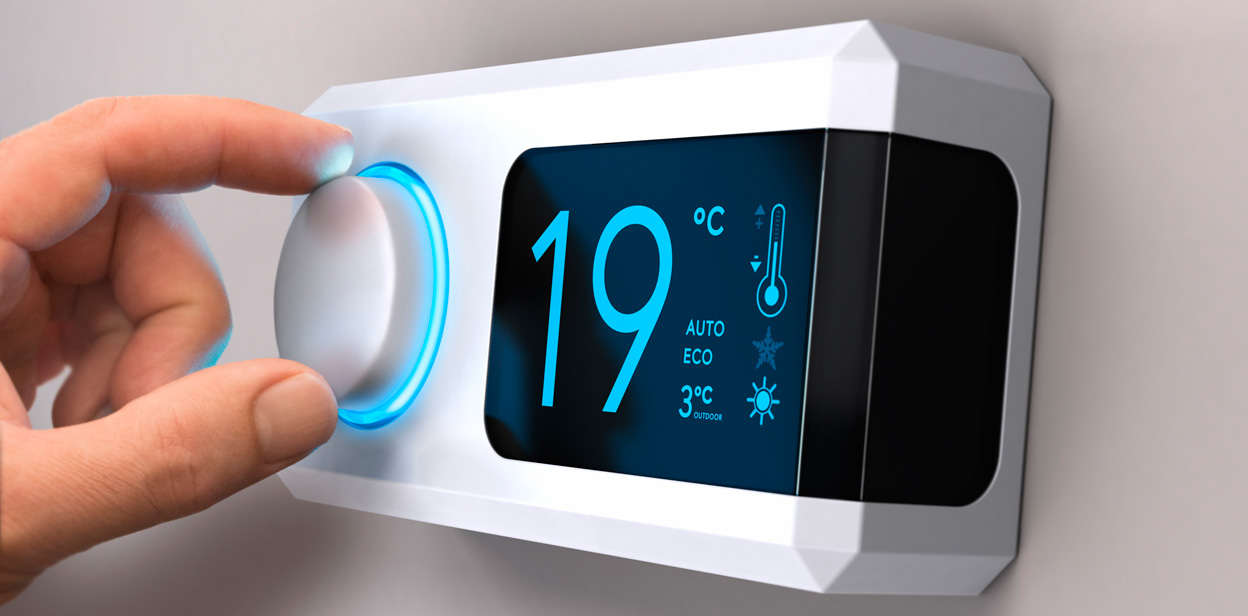

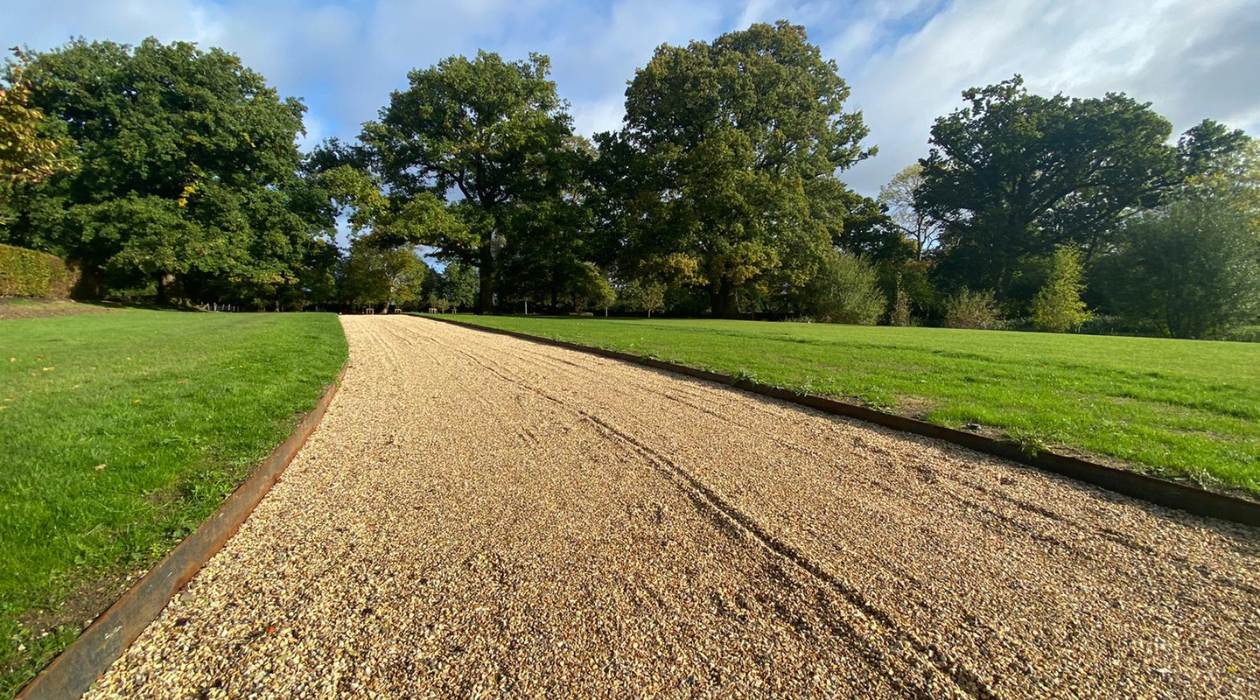

0 thoughts on “What Temperature Should A Deep Freezer Be”